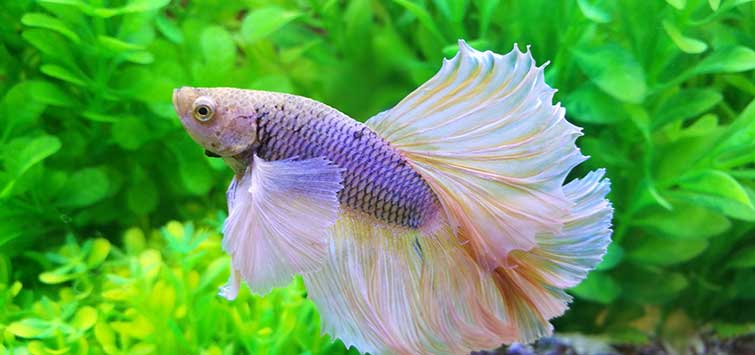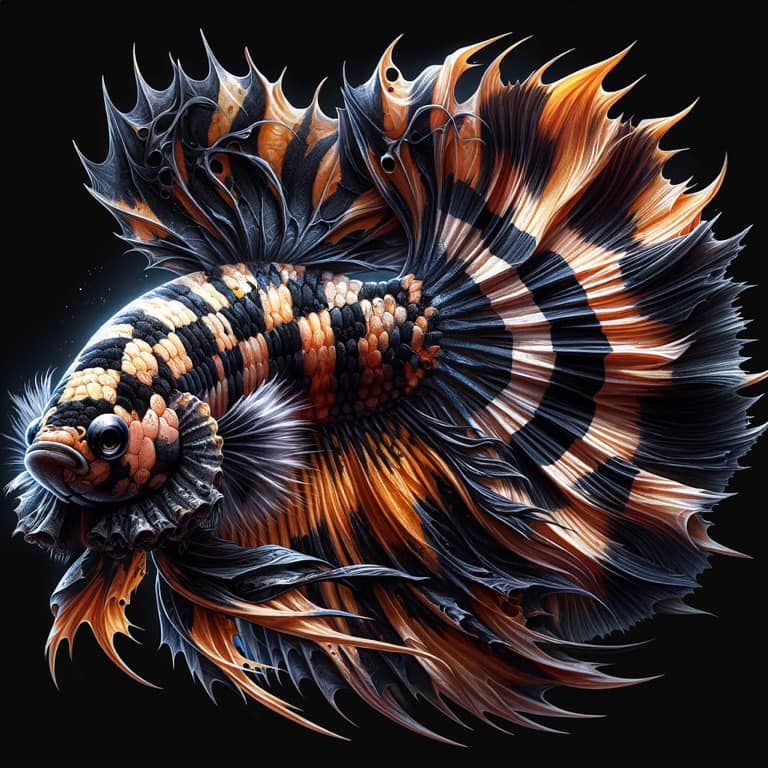Betta Fish Diet Regimen: What to Feed Your Betta for Ideal Health
Breeding Betta Fish: a Comprehensive Step-By-Step Guide to Effectively Raising Child Bettas From Eggs to Their Adult Years
Breeding Betta fish is a careful endeavor that calls for cautious preparation and implementation to make sure the successful advancement of fry from eggs to grow fish. Choosing genetically diverse reproduction couple with desirable features is only the start; developing an optimal atmosphere and recognizing the intricacies of the breeding process are just as vital. As the male Betta diligently constructs a bubble nest and guards the precious eggs, the succeeding phases of care and shift need attention to detail and understanding of ideal practices. Exactly how does one browse the challenging yet gratifying course of nurturing these dynamic animals to the adult years?

Choosing Breeding Pairs
When embarking on the trip of reproducing Betta fish, choosing the right reproduction sets is crucial to attaining preferable characteristics and a healthy family tree - betta fish. The primary step in this procedure is to determine the specific attributes you want to enhance or protect, such as color, fin kind, and body shape. It is crucial to select genetically varied pairs to stay clear of inbreeding, which can cause health concerns and undesirable features
Assess possible breeding prospects thoroughly. A healthy and balanced male Betta ought to show vibrant shades, an energetic temperament, and well-formed fins, while the female must also show vivid coloration and a rounded stomach, indicating readiness for spawning. Observing the personality of both fish is vital, as aggressive or extremely shy people may not breed effectively.
Maintaining documents of the moms and dad fish's origins can aid you track hereditary attributes and possible concerns. Inevitably, spending time in the option procedure will dramatically boost the chance of generating solid, lively children that meet your reproduction objectives.

Preparing the Breeding Tank
Developing an ideal breeding atmosphere is an essential action after choosing suitable sets for Betta fish. The breeding container ought to be especially created to offer convenience and promote the all-natural breeding actions of the fish. Start with a container size of at the very least 10 gallons to ensure ample space for both the man and women Bettas.
Keep a mild purification system to maintain the water tidy while staying clear of strong currents that can emphasize the fish. In addition, an air stone can be included in give oxygenation without interfering with the water surface as well a lot.
Temperature guideline is critical; go for a stable variety of 78-82 ° F(25-28 ° C) making use of a trustworthy heating system. The pH degree ought to be kept between 6.5 and 7.5, and regular water modifications are needed to make certain high water top quality.
Incorporate drifting plants or spawning sponges to produce concealing places for the female, while likewise urging bubble nest structure by the male - betta fish. Make certain the tank is totally free from sharp designs and any kind of potential risks, as the welfare of the fish must constantly be focused on throughout this crucial stage of breeding.
The Reproduction Process
Typically, the reproducing procedure for Betta fish entails a collection article source of distinctive and visible actions that show preparedness for recreation. The male Betta begins by developing a bubble nest at the water's surface area, which serves as a website for the fed eggs. This nest is essential, as it offers a risk-free environment for the eggs until they hatch.
As soon as the nest is developed, the man will show courtship behaviors, such as flaring his fins and exhibiting vivid colors to bring in the lady. The woman, upon noticing the male's readiness, will certainly react by showing vertical red stripes along her body, signifying her receptiveness.
The fed eggs then drop to the bubble nest, where the male thoroughly accumulates and returns them to the nest. Following this, the male presumes duty for safeguarding the nest and ensuring the safety and security of the eggs until they hatch out, typically within 24-36 hours.
Taking Care Of Betta Fry
Caring for Betta fry calls for careful interest to their setting and nutrition to make certain healthy development and growth. After hatching, Betta fry are exceptionally small and prone, necessitating a steady and tidy habitat. Preserving a water temperature level between 78 ° F and 80 ° F is important, as Betta fry grow in warm problems. In addition, ensure that the water is without harmful toxic substances; normal water changes of 10-20% are recommended to preserve try this out optimum water top quality.
Feeding Betta fry is equally essential. Feed them small amounts several times a day, being cautious not to overfeed, which can lead to water top quality concerns.
Transitioning to Grownup Bettas
As Betta fry mature, transitioning them to adult Bettas is an important phase that requires careful monitoring of their setting and social communications. This process usually begins when the fry get to around 6 weeks of age, whereupon they can be progressively presented to a more organized living setting.
To facilitate this change, it is important to guarantee that the water criteria-- such as temperature, pH, and ammonia degrees-- are ideal and secure. Adult Betta fish thrive in cozy water (around 78-80 ° F) with a pH of 6.5 to 7.5. Gradually accommodate the fry to these conditions to decrease tension.
Social communications are another crucial element; man Bettas are notoriously territorial and hostile. It is recommended to different men into private containers as they mature. Female Bettas can be housed with each other, but care must be required to keep track of for indicators of aggression.
Furthermore, nutritional changes ought to be made as the fry grow. Include top quality pellets and live foods to support their development and wellness. By managing these variables successfully, you can advertise a successful transition to their adult years for your Betta fish.

Final Thought
Successful reproduction of Betta fish needs careful focus to detail throughout the whole process, from the original source picking genetically diverse sets to supplying optimal treatment for fry. Additionally, a well balanced diet and steady adaptation to grown-up environments are critical for the growth and growth of Betta fish.